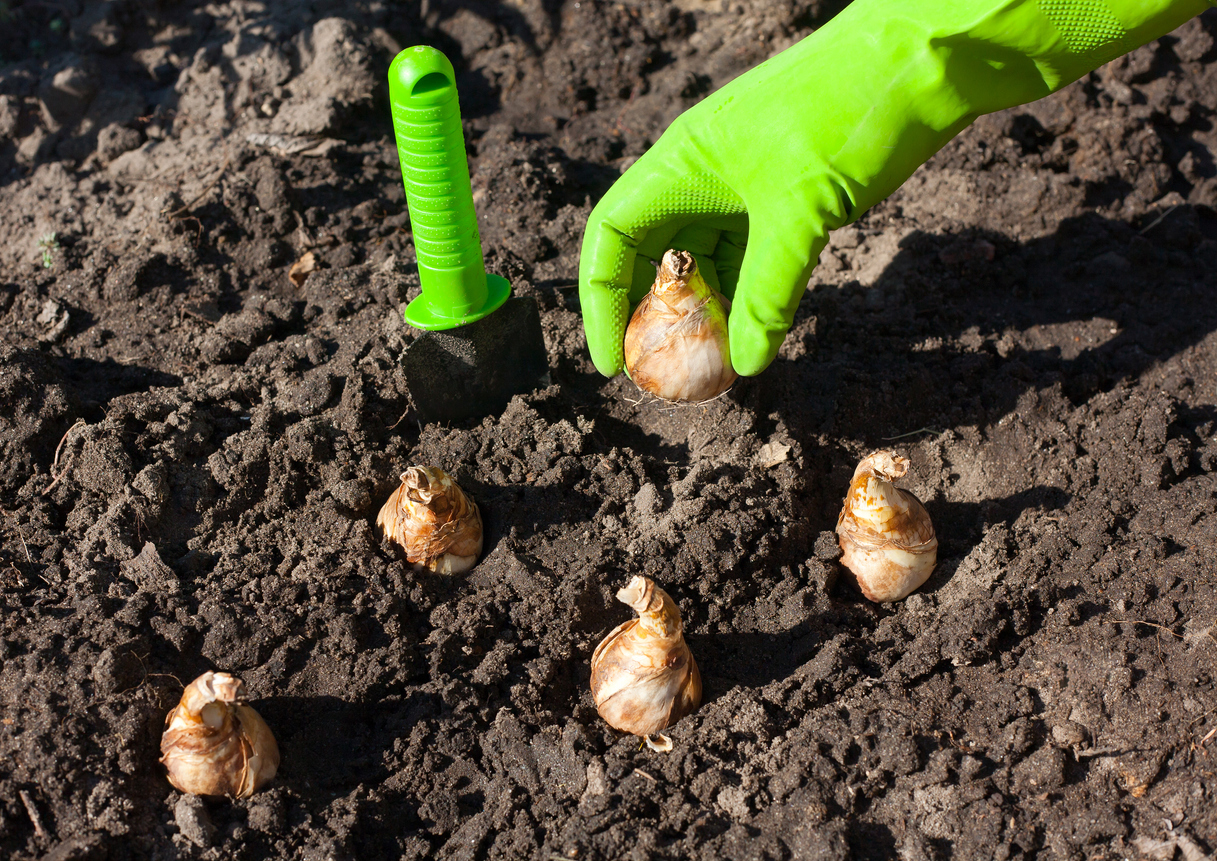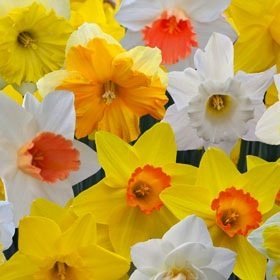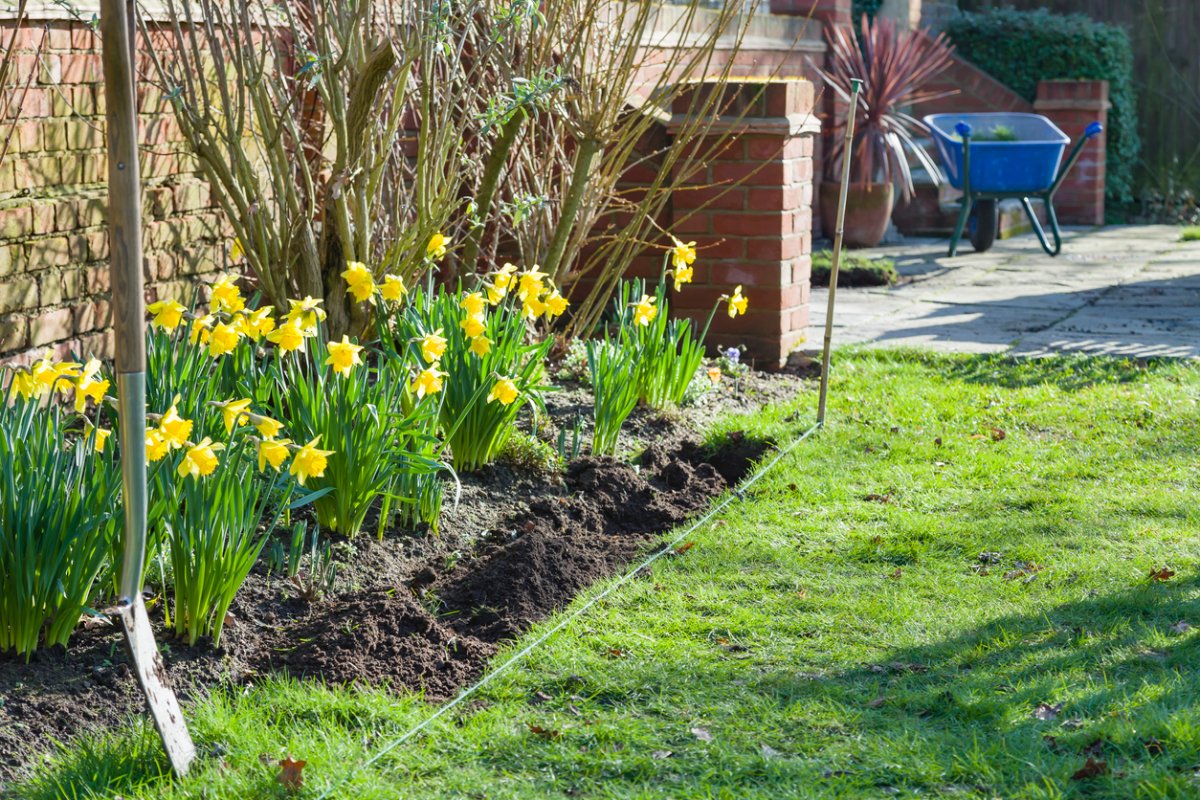We may earn revenue from the products available on this page and participate in affiliate programs. Learn More ›
I’m a beginning gardener. I have lots of ideas but little experience. The basic landscaping package that came with our new construction home is, well… basic. Now that my family has gotten settled, it’s time to spruce up the yard and put our stamp on it. I want color. I want flowers to cut. I want daffodils.
Why Daffodils?
At first, I wanted tulips. But I discovered they can only really be counted on to come back year after year in Holland. I live in Delaware, so I want something more reliably perennial. Daffodils fit the bill.
Daffodils are hardy, perennial, and easy to propagate.
They are hardy, among the first color to pop up in the spring, and will multiply and come back year after year. Perfect!
Daffodils come in a lot of varieties.
A lot. There are a staggering 50 or so species, and over 13,000 hybrids. Thanks, American Daffodil Society!
Daffodils are wildlife-resistant.
That’s because they contain poisonous crystals within the bulbs—yuck! Squirrels and rodents might dig them up, but you can place chicken wire over them and cover with mulch to combat that.

How to Plant Daffodils
Like all other spring flowering bulbs, you want to plant daffodils in the fall, so their roots have time to get established before the first frost.
- Choose a well-drained, sunny spot. Also, be aware that daffodils tend to like slightly acidic soil.
- Plant the bulbs so that their top (pointed end) is at least twice as deep as the bulb is high. (For a bulb that is 2” high, the top should sit 4” under the ground.)
- Be sure to locate each bulb at least six inches apart from its nearest neighbor.
- Water generously; daffodils need lots of water while they are growing (but avoid high-nitrogen fertilizers).
Daffodil bulbs make their next year’s bloom after flowering, so water for about three weeks after blooming time, then stop. And don’t cut the foliage after blooming until it starts to yellow.

Long-Term Daffodil Care
You can leave daffodils in the ground for 3-5 years. Daffodils will normally divide every year or two, which can result in large clumps of bulbs competing for food and space.
Replanting Daffodils
If your daffodils stop blooming, it might be time to dig them up and move them to another spot. Dig up the bulbs after the foliage has yellowed and divide them into single bulbs again. Plant them about six inches apart, either as dig them up or in the fall after you’ve dried and stored them. Voila, more daffodils!
Storing Daffodil Bulbs
Wait until the daffodil foliage has yellowed and been cut. Dig up the bulbs, wash them thoroughly, and let them dry out completely—for a least a week. Store the bulbs by putting them in onion sacks (view example on Amazon) or panty hose and hanging them in a dry, cool place until you are ready to plant again.
I can’t wait until spring to see the fruit of this autumn’s labor in my planting beds. I plan to have lots of yellow blooms bringing cheer to our home both inside and out.

